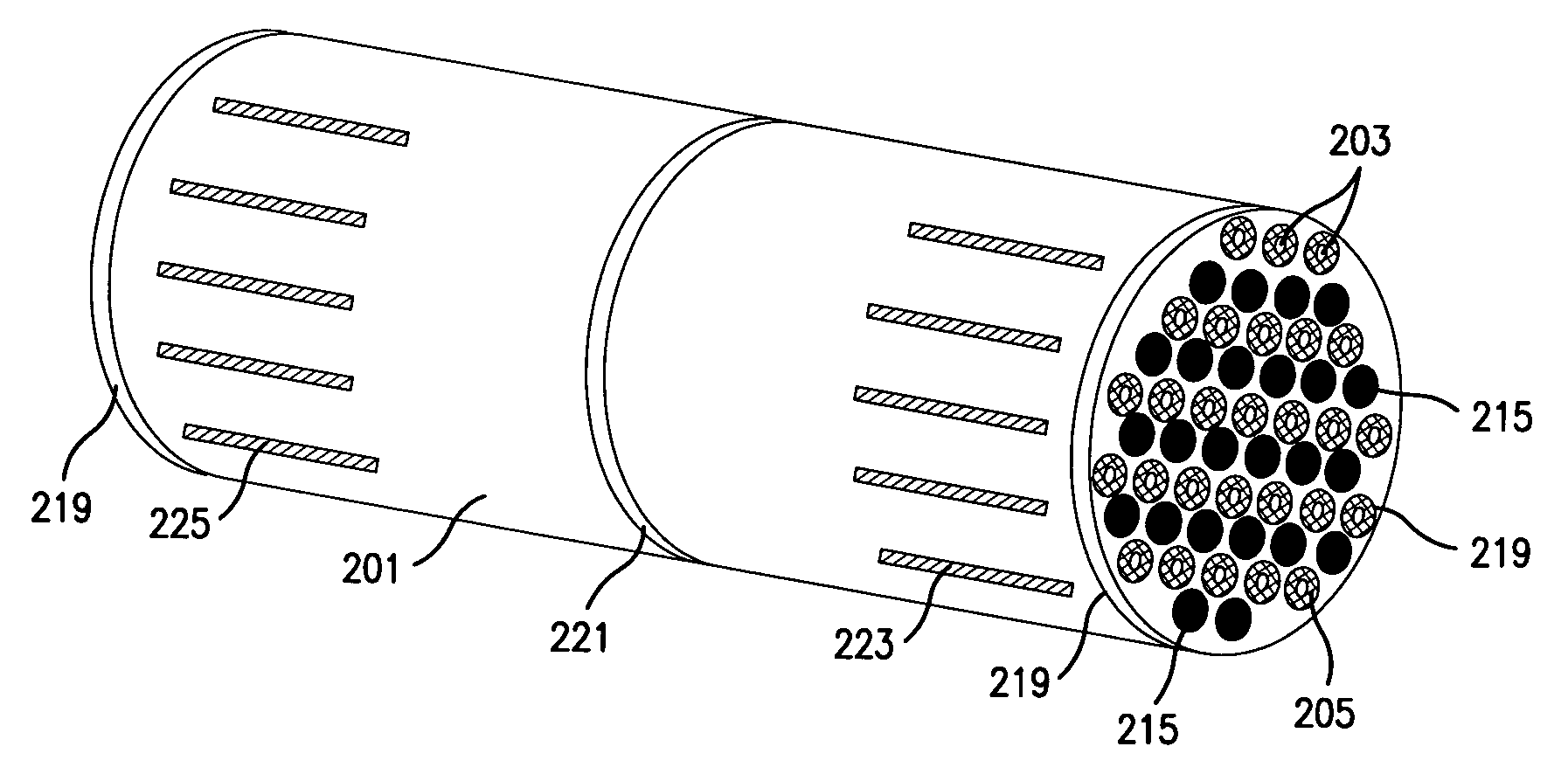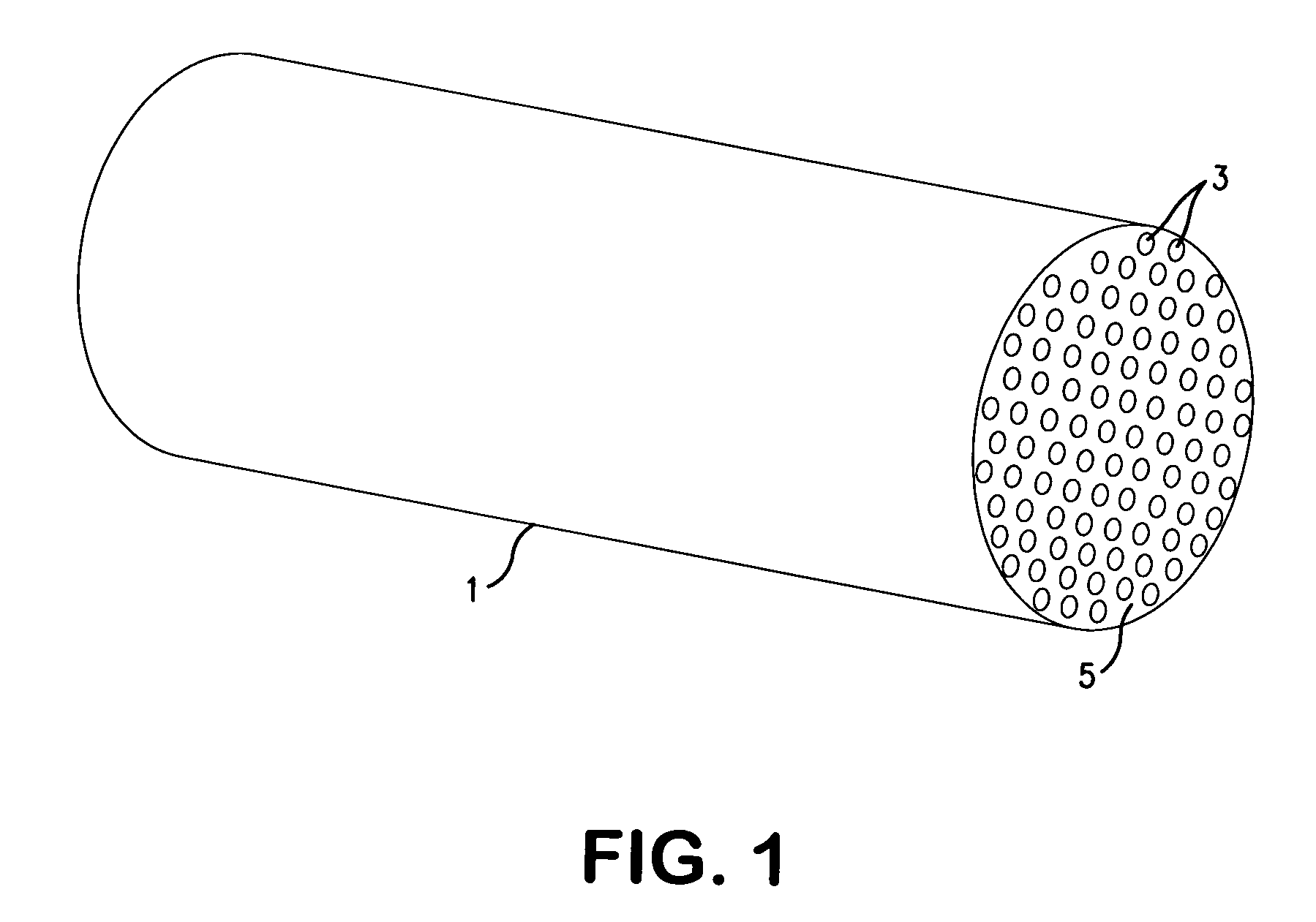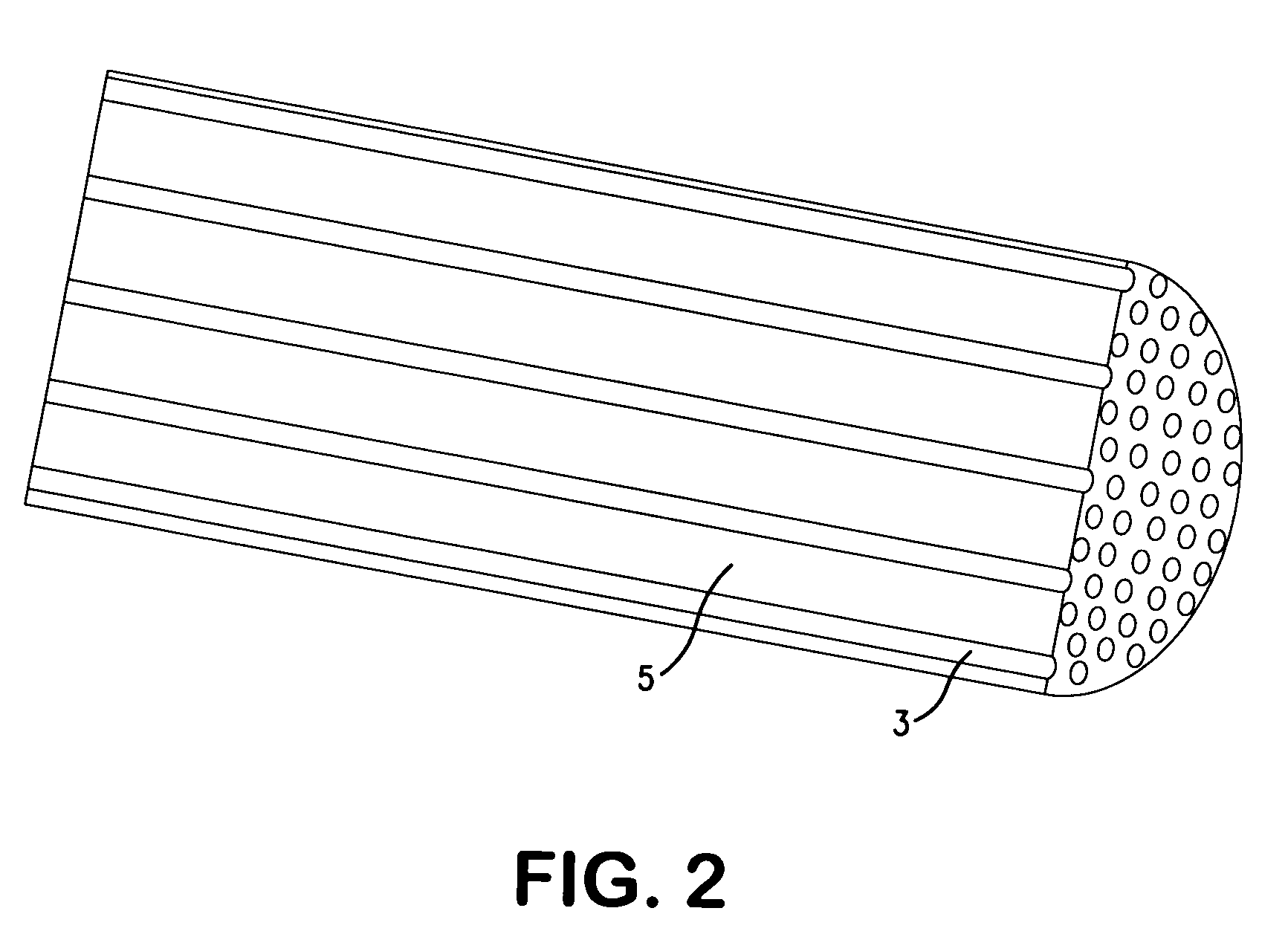Process for removing a target gas from a mixture of gases by thermal swing adsorption
a technology of target gas and gas mixture, which is applied in the direction of separation process, gaseous fuel, fuel, etc., can solve the problems of high equipment requirements, unattractive economics, heat integration, etc., and achieve the effect of higher mol % concentration
- Summary
- Abstract
- Description
- Claims
- Application Information
AI Technical Summary
Problems solved by technology
Method used
Image
Examples
example 1
TSA as practiced has several disadvantages. In directly-heated TSA processes, a hot fluid is typically flowed through the adsorption bed to raise the adsorbent temperature. The greater the temperature rise, the more fluid is needed. The desorbed impurities thus end up dispersed in a large volume of heating fluid, and the large amount of heat that is used to raise the adsorbent temperature is often not recovered. In some cases the heat is not recovered because many directly-heated TSA systems are operated with long adsorption times, sometimes over 24 hours, and much shorter regeneration times. Finally, the occasional and gradual regeneration gives rise to concentration and flow variations in downstream equipment that can be difficult to manage in an otherwise steady state process plant. In indirectly-heated TSA systems, the heat can be supplied with a heat exchanger, avoiding dilution of the product with a heated purge gas. However, heat management and the cyclic nature of indirectly...
example 2
In one embodiment of the present invention, a series of cross-flow contactors is used to create a parallel channel contactor that has separate and parallel adsorption and heating channels. In this embodiment, individual segments of a cross-flow contactor are stacked or arranged so that the average flow of fluid during regeneration is counter-current or co-current to the average direction of flow of flue gas during the adsorption step. One way to construct a cross-flow contactor is to coat one set of channels of a cross-flow heat exchanger with an adsorbent. Cross-flow exchangers are convenient configurations for use with the present invention because their compact configuration is achieved via high heat transfer coefficients. However, when heat and mass transfer is engineered to give temperature gradients in one set of channels and concentration gradients in the other, a single cross-flow exchanger would have some adsorption paths heat up (or cool down) earlier than others. This wou...
example 3
This example illustrates use of a parallel contactor in a separation that removes CO2 from flue gas in a thermal swing adsorption process. Flue gas or stack gas is emitted in a wide variety of industrial processes. Pressure of the flue gas is typically slightly above atmospheric pressure and is generally less than two atmospheres. The temperature of the flue gas is typically in a range from about 150° C. to about 250° C. The major components in the gas are typically N2, O2, CO2, and H2O, Small quantities of pollutants such as NOx and SOx are often present. CO2 concentration in the gas is usually in a range from 3 mol % to 15 mol % and H2O in the gas is usually in a range from 0.1 mol % to 15 mol %. The total molar concentration of CO2+H2O is usually less than about 25 mol % when a stoichiometric combustion produces the stack gas and is usually less than about 15 mol % when dilution or excess air is employed in the process to limit the temperature in the higher temperature portion of...
PUM
| Property | Measurement | Unit |
|---|---|---|
| temperature | aaaaa | aaaaa |
| angle | aaaaa | aaaaa |
| temperature | aaaaa | aaaaa |
Abstract
Description
Claims
Application Information
 Login to View More
Login to View More - R&D
- Intellectual Property
- Life Sciences
- Materials
- Tech Scout
- Unparalleled Data Quality
- Higher Quality Content
- 60% Fewer Hallucinations
Browse by: Latest US Patents, China's latest patents, Technical Efficacy Thesaurus, Application Domain, Technology Topic, Popular Technical Reports.
© 2025 PatSnap. All rights reserved.Legal|Privacy policy|Modern Slavery Act Transparency Statement|Sitemap|About US| Contact US: help@patsnap.com



